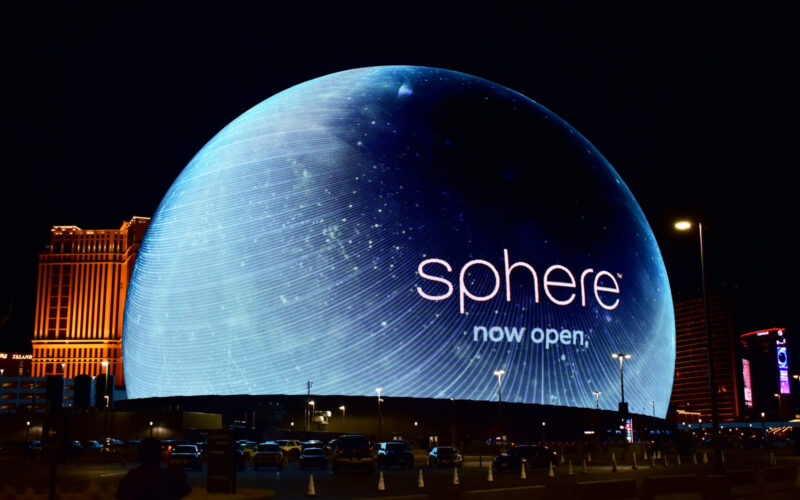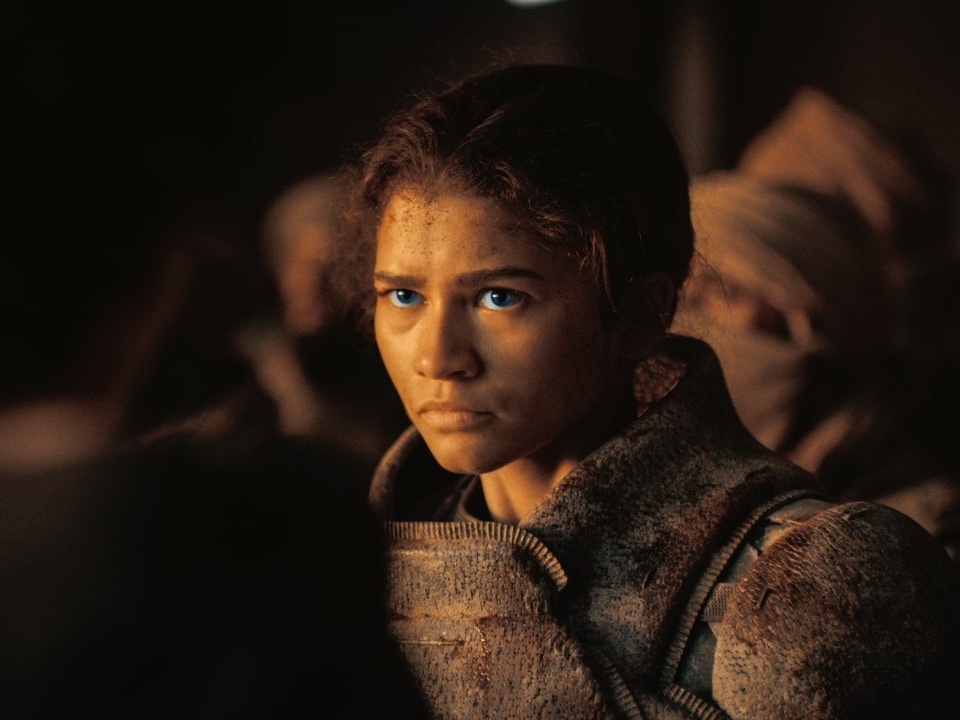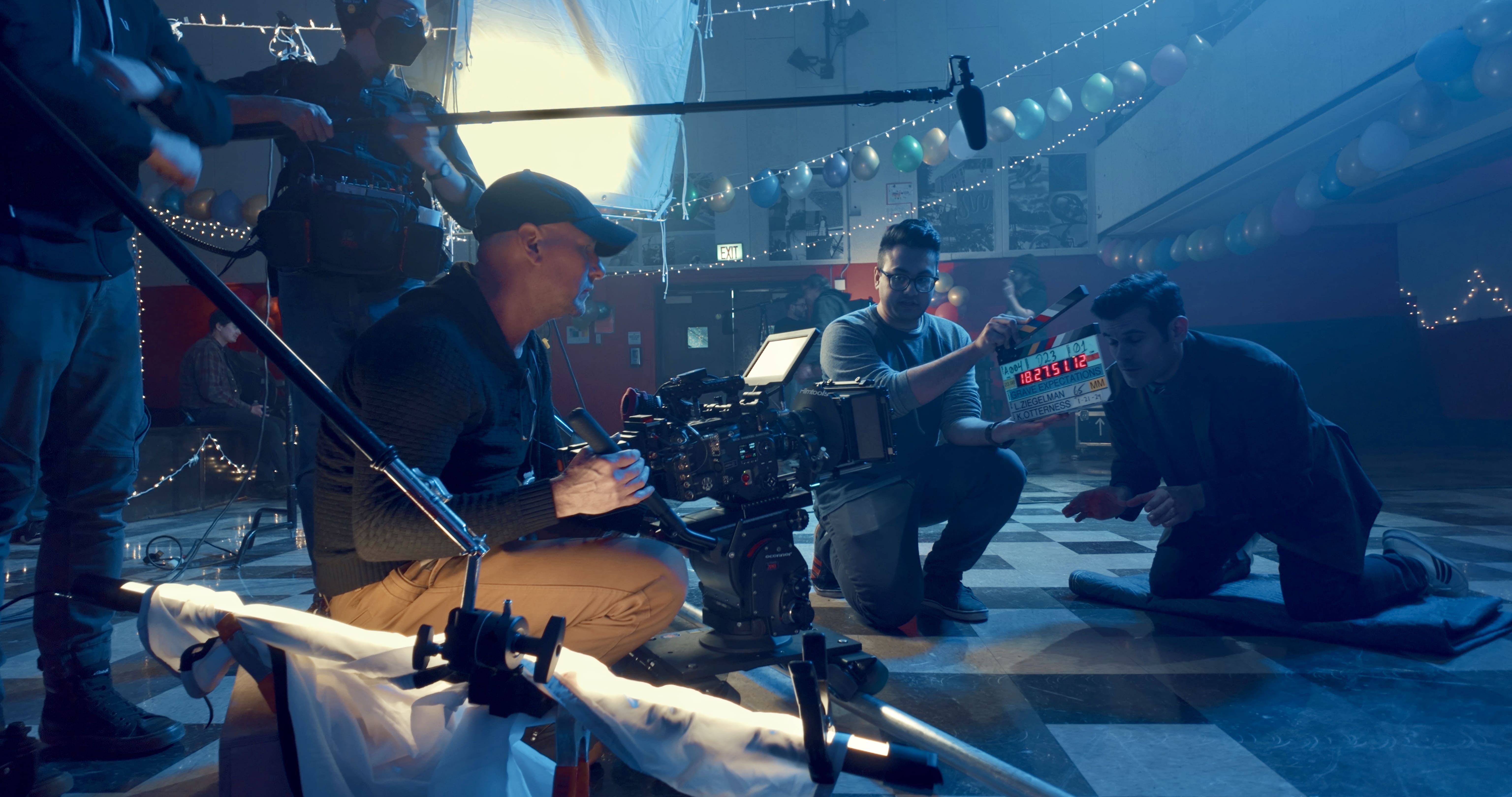The project, which involves first-of-its-kind engineering work and thousands of creators, coders, VFX artists, and more, will mark a pivotal moment in entertainment technology – and a leap forward for the future of visual storytelling akin to The Wizard of Oz’s use of Technicolor nearly 90 years ago.
To present The Wizard of Oz at Sphere, which opens in Las Vegas on August 28, 2025, Google Cloud and Google DeepMind are working together to deploy fine-tuned Gemini models, Veo 2, and Imagen 3 to intelligently enhance the film’s resolution, extend backgrounds, and digitally recreate existing characters who would otherwise not appear on the same screen. Sphere is also using Google Cloud’s highly scalable and AI-optimized infrastructure to support the massive data and computational demands in building its immersive experiences, with The Wizard of Oz at Sphere processing 1.2 petabytes of data over the course of the project to date.
“The power of generative AI, combined with Google’s infrastructure and expertise, is helping us to achieve something extraordinary,” said Jim Dolan, Executive Chairman and CEO, Sphere Entertainment. “We needed a partner who could push boundaries alongside our teams at Sphere Studios and Magnopus, and Google was the only company equipped to meet the challenge on the world’s highest resolution LED screen.”
“Our partnership with Sphere on The Wizard of Oz at Sphere is a great example of pushing the boundaries of generative AI to deliver exciting new experiences for audiences – and new opportunities for studios and filmmakers,” said Thomas Kurian, CEO, Google Cloud. “We are honored to play a role in such an ambitious project to bring a classic piece of Americana to an entirely new generation of audiences.”
Using Google AI to bring The Wizard of Oz at Sphere to Life
Originally released in 1939, The Wizard of Oz was filmed using a revolutionary, three-strip Technicolor 35mm motion picture camera and was only the third Hollywood production to bring this amazing color process to cinema audiences. Nearly 90 years later, Sphere will bring an immersive version of The Wizard of Oz to its 160,000-square-foot interior display plane, using Google AI alongside traditional VFX and film techniques to faithfully expand scenes and enhance characters to deliver a never-before-seen experience that is only possible at Sphere.
Google Cloud and DeepMind are pushing the boundaries of gen AI, employing Gemini, Veo and Imagen models, as well as Google Cloud infrastructure such as the company’s custom AI accelerators, Tensor Processor Units (TPUs), Google Kubernetes Engine (GKE), and more. Key techniques being used for the film include:
- Super Resolution: Veo is being used to intelligently enhance the film’s resolution, filling in missing pixels and creating an ultra-crisp 16k image, essential for Sphere’s 16k x 16k resolution interior display plane. This process requires sophisticated algorithms capable of understanding and reconstructing intricate details, including landscapes, scenery, and even characters from the original film.
- Outpainting: To expand the film’s visual scope for Sphere’s immersive environment, Veo are being used to seamlessly extend the backgrounds and characters, creating the feeling that audiences are there with the characters. This involves generating coherent and consistent foreground and midground elements that were true to the original film.
- Performance Generation: Using Veo for generation – combined with Gemini for instructions – the team developed innovative storytelling techniques that allow multiple characters to remain on screen for extended periods, even when traditional editing would have dictated cuts. This enhances the audience’s immersion, making them feel like they were part of the epic journey.
- Context Window: Gemini and Veo’s extra-long context window capabilities are crucial for maintaining coherence across extended sequences. This allows for the processing of massive datasets, ensuring that the enhanced visuals remain consistent throughout the film.









